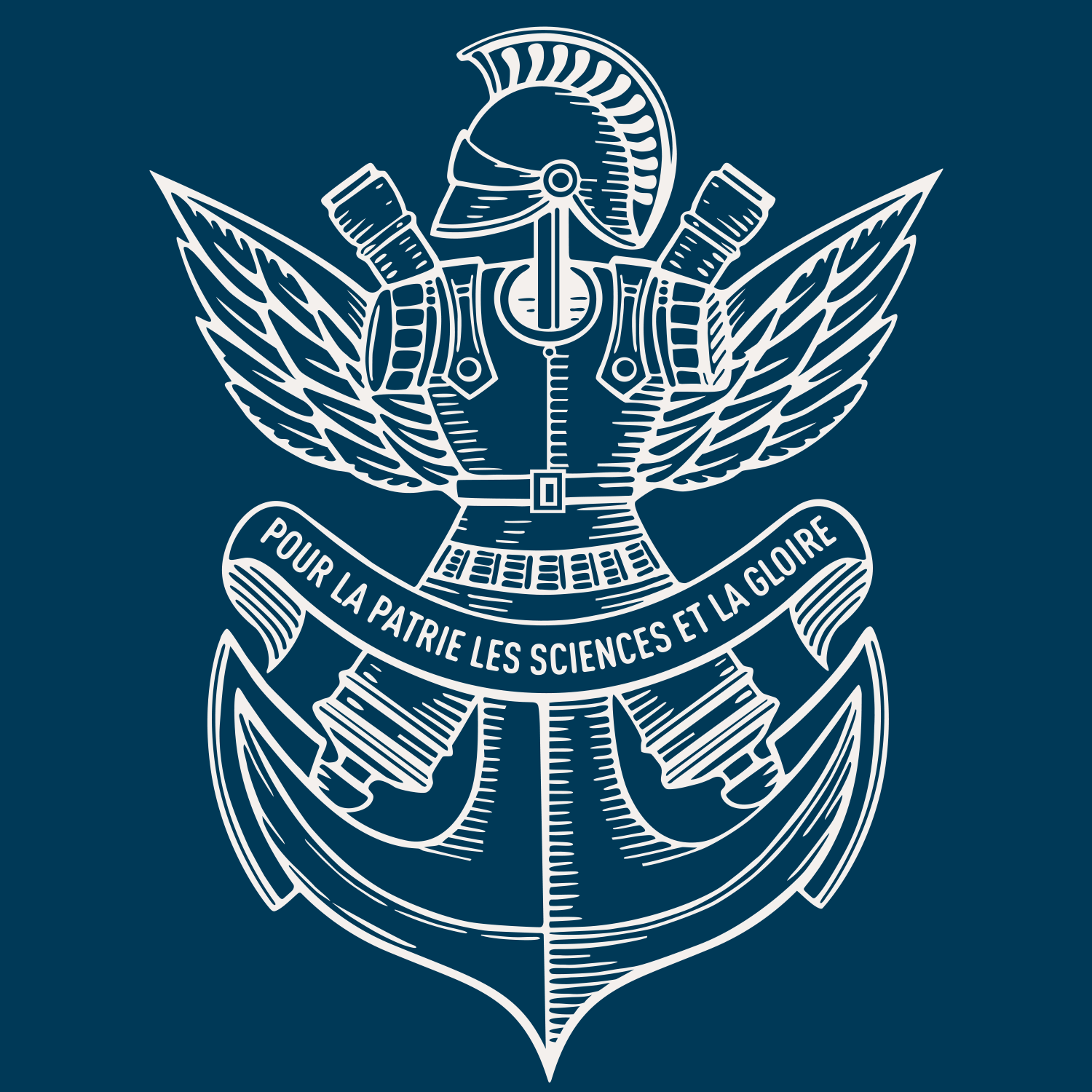Banding patterns: exploring a new feature in corneal stroma organization
Résumé
Purpose : Vogt striae are one of the clinical indicators of keratoconus, and consist of dark, vertically oriented lines crossing the depth of the cornea. We observed similar banding patterns in corneas with pathologies other than keratoconus, and normal corneas. We postulate that these bands form spring-like links between zones of collagen lamellae, and their visibility is enhanced in pathologies where corneal shape is under stress.
Methods : : Images of 24 normal and 47 pathological human corneas along with macaque and mouse corneas, were captured with a combination of in vivo confocal microscopy (IVCM), in vivo spectral domain optical coherence tomography (SD-OCT), ex vivo full-field optical coherence microscopy (FFOCM), and histology. Collagen types were immuno-labeled, and electron microscopy was performed. Optical coherence tomography shear wave elastography (OCT-SWE) provided stiffness maps. Second harmonic generation (SHG) microscopy allowed mapping of fibrillar collagen distribution. OCT-SWE and SHG measurements were made on corneas mounted in an artificial chamber while varying intraocular pressure (IOP) up to and beyond physiological levels to investigate behavior of the bands in relation to IOP changes.
Results : Banding patterns were observed with all imaging modalities, in all species, with pathology-specific differences. In cross-sectional views of normal and non-keratoconic corneas, these dark bands depart from anchor points at Descemet’s membrane in the posterior stroma obliquely in a V-shape, whereas in keratoconus these bands depart vertically from posterior toward anterior stroma. In en face views the bands criss-crossed in the posterior stroma except in keratoconus where they tended to run parallel. OCT-SWE showed these bands are softer than surrounding stromal tissue, and their orientation was modified and visibility enhanced at non-physiological IOP. Immunohistology revealed these bands to predominantly contain collagen VI.
Conclusions : Banding patterns are visible in most corneas, not only in keratoconus. Their visibility may be indicative of stresses to the regular arrangement of collagen lamellae. The role of these soft, elastic regions of collagen 6A1 linking sets of collagen lamellae may be to maintain corneal shape under normal IOP conditions and absorb shocks.

